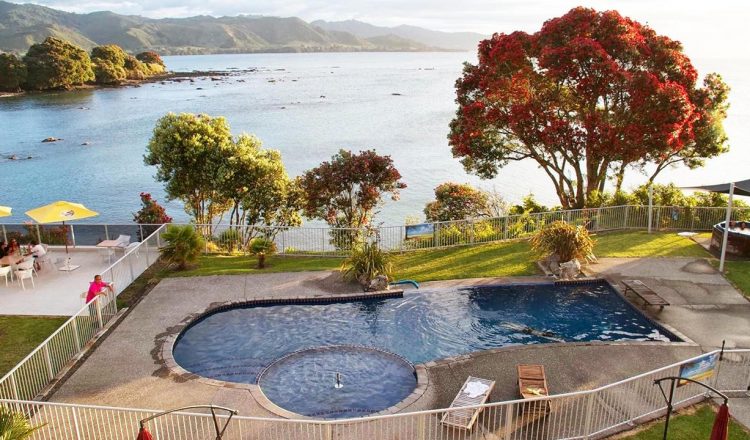Ōpōtiki District Council is backing calls from iwi leaders to restrict movement into the region to help keep Covid-19 from spreading into the rohe.
This comes after a confirmed case of Covid-19 was announced by the Ministry of Health today.
Ōpōtiki councillor Louis Rapihana is also a member of the iwi response unit for Te Whānau-ā-Apanui. He said that with Covid-19 continuing to cause disruption and new variants being seen around the world, the simple message from his iwi was to stay away.
“Last year, when Covid first arrived, we spent many weeks on our rohe boundary making sure we knew who was coming and going and asking that people don’t stop or stay in the area and increase the risk of spreading the virus,” Rapihana said.
“This time, having checkpoints is just too much of a risk for our people and so we are relying on visitors and whānau to listen and to understand our request that people don’t come up the coast this summer.”
Rapihana said there are a lot of vulnerable and elderly in the community, many people are remote and most are more than three hours from the nearest hospital.
“We are not strangers to pandemics and we still commemorate those we lost with the 1918 flu epidemic that ravaged our iwi and saw a huge loss of life with the generation of the early 1900s. Hapū had introduced new tikanga to help fight the virus of that time as we are doing here today.
“Our people stood up isolation camps for those that contracted the deadly virus; again we have put measures in place to do the same, so we know what we have to do and we will do what it takes to protect ours and those that live within our boundaries.
“We do have some of the highest vaccination rates in the country and this is thanks to the great effort made by our very small medical team, but keeping people and Covid out is our first and best defence against this virus,” Rapihana said.
Ōpōtiki District Council chief executive Aileen Lawrie said there had been similar calls from other iwi in the district including Whakatōhea and Ngaitai and council was keen to support this kaupapa.
“Last year, we supported Te Whānau-ā-Apanui along with the police and other agencies as they protected coastal communities with community safety zones on their rohe boundaries,” Lawrie said.
“This time, we want to add our support to their message to keep Covid out of our communities. We simply do not have the resources or facilities, and we don’t yet have high enough vaccination rates, to allow Covid to take hold in our local area. We are doing the same and restricting our own staff movements up the coast to an absolute minimum as requested by the iwi.
“As a council, we want certainty for our communities and for our businesses and organisations, keeping Covid under control and making sure the limited heath care facilities we do have are running well.”
Lawrie said vaccinations, social distancing, contract tracing, hygiene and masks continue to be important in the fight against Covid-19.
“Asking people not to travel into vulnerable communities is another way we can help protect each other, and we support our local iwi in their request to keep Covid out of their rohe,” she said.


















































-360x245.jpg)









